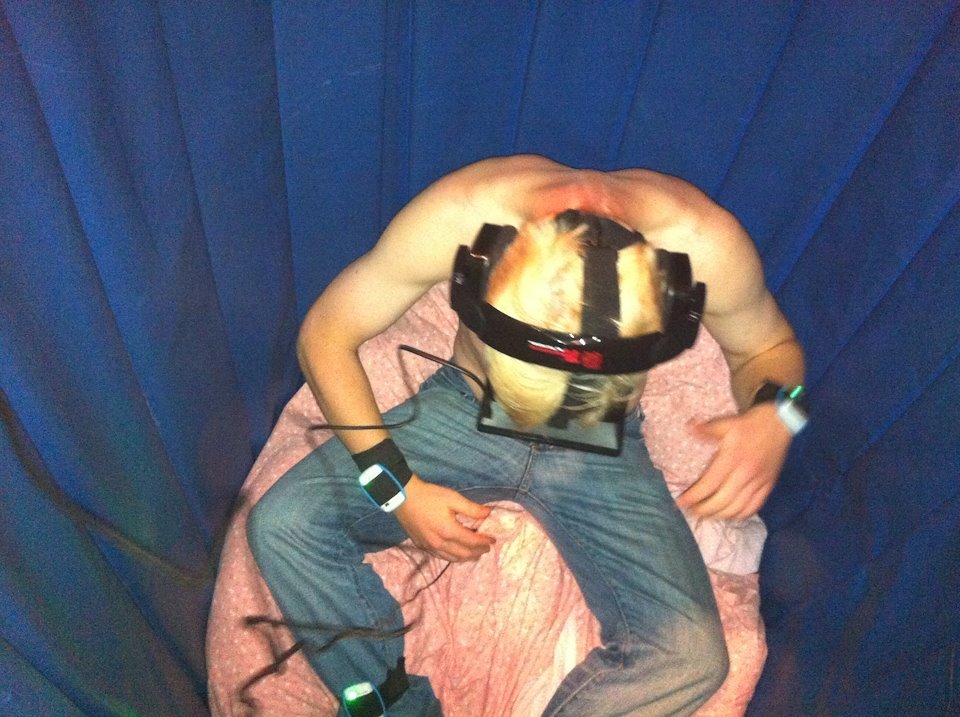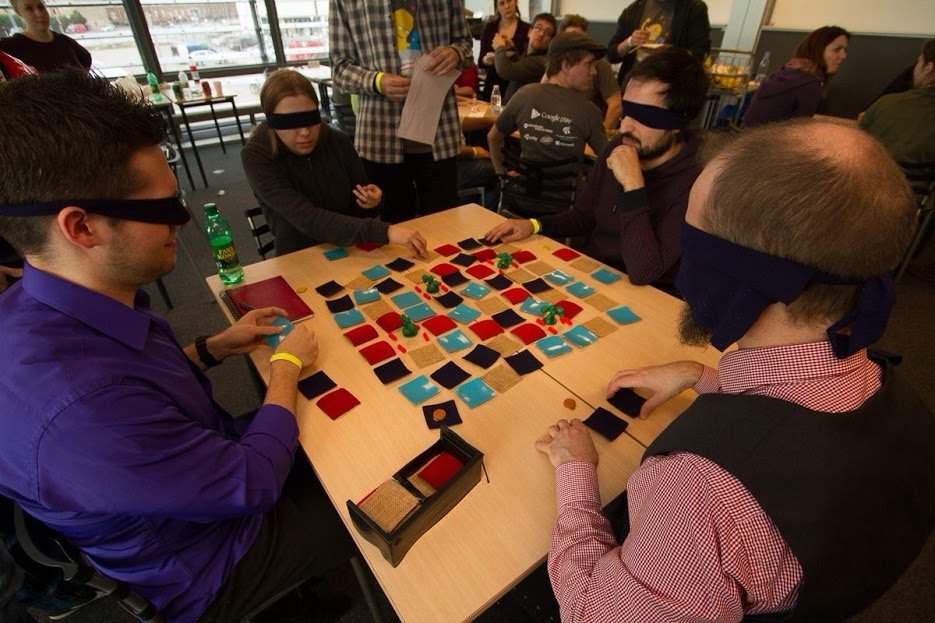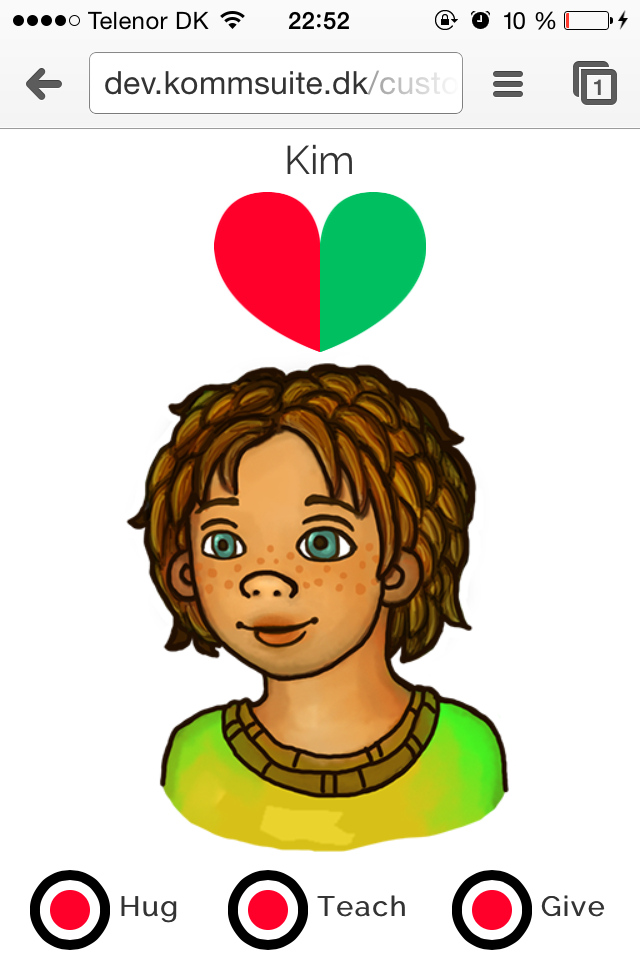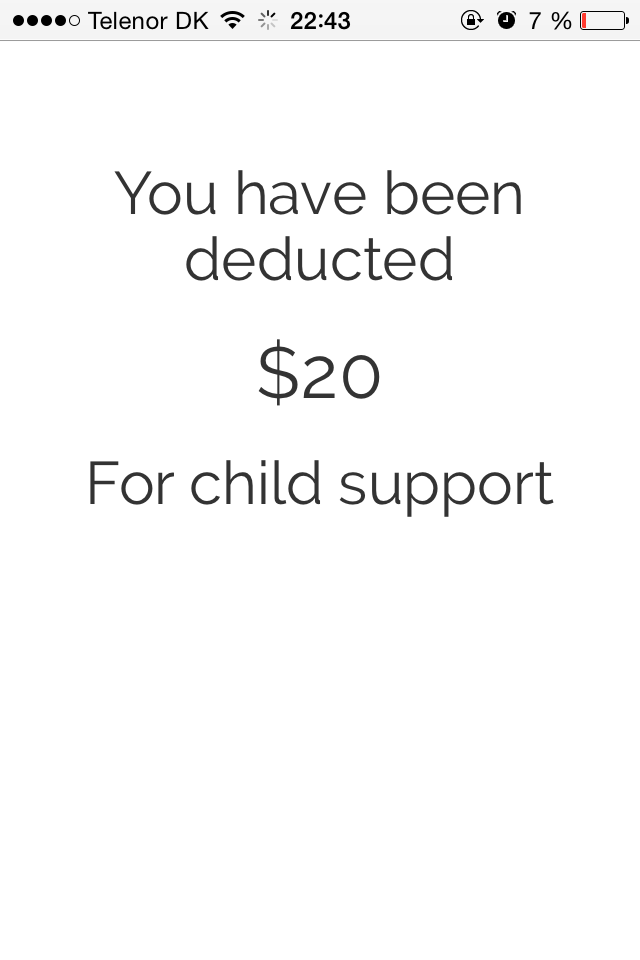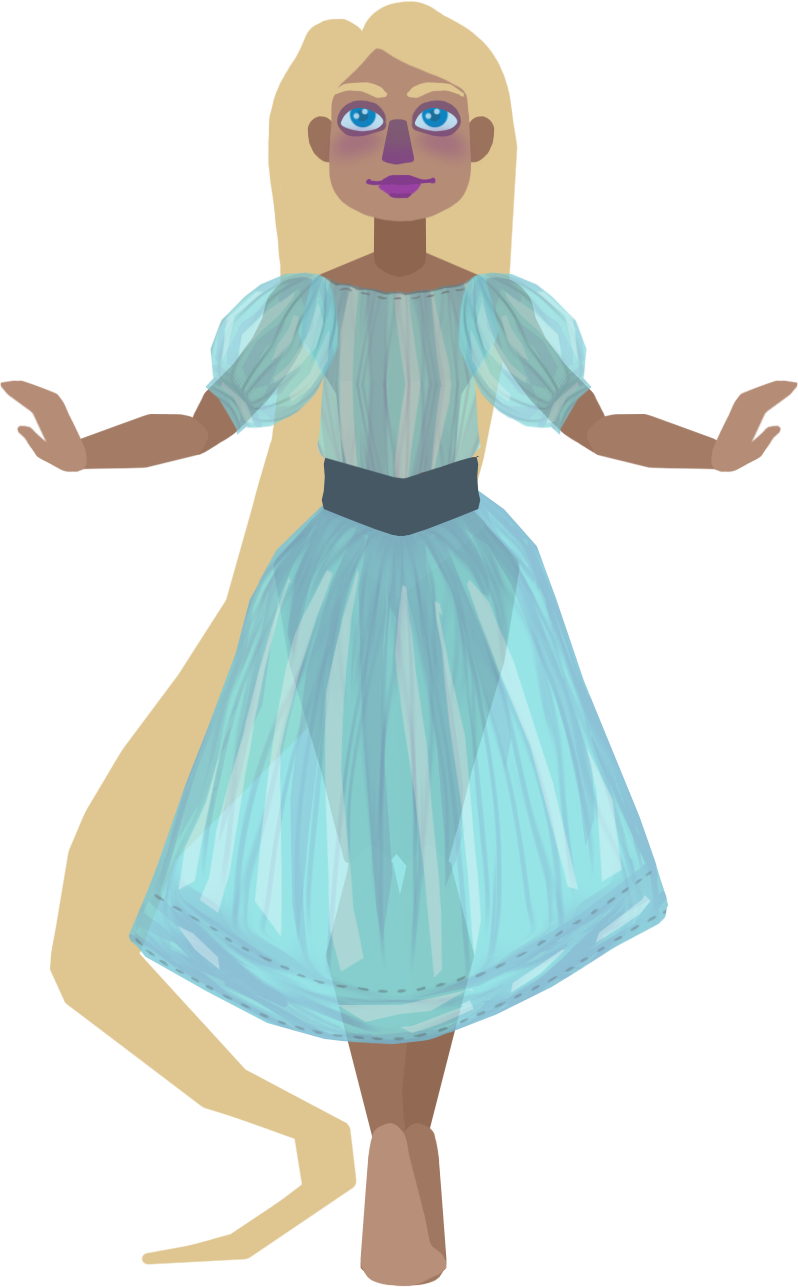Game Jam Work
Participating in game jams is amazingly stimulating for me. I enjoy giving into my dark side and exploring new and weird ideas in an impulsive manner.
Since time management is often problematic for me, Game Jams are always good practice for how to better manage that aspect.
It is also an opportunity for me to shine at one of the things I do best: thinking of and building on ideas. One of the great advantages of having a brain that goes fast is never having to panic about running dry. This applies as much to developing projects as it does to problem solving. I like the way pressure channels my awareness and creative efforts.
I generally prefer attending jams with people I am familiar with. I find that when I don’t have to juggle knowing someone new, their strengths and weaknesses, I can focus on the process and work. Which is essential to these short events. Knowing I can rely and trust my team to carry the weight with me, come good or bad times, makes for an entirely different experience. It is also important for teams to be aligned in thinking and direction, which I feel rarely happens with random groupings.
Below, you can find a selection of my game jam contributions. Some of these projects were more successful than others but all were a delight to work on.
In the Womb
Role: Texture Artist, Vision Holder, Game Designer, Manufacturer
Event: Exile Game Jam
Date: November 2013
Awards: Bagpipe Award for Best Experience
" In the womb " is an experimental game/ art installation that creates an experience that cannot be otherwise achieved – living in a mother’s womb.
It was created in 48 hours at Exile Autumn Jam by Nina Croitoru, Andrei Livadariu, Karl Flodin and Adan Silva.
The game combines state-of-the-art technology like the Oculus Rift and motion sensors with analog input from the real environment to create an eerie yet marvelous experience.
The process of life development in the womb is, in essence, tightly connected to the natural. The umbilical cord connects you to life and nature in a non-mediated way.
In this experiment, you are also connected. Not by one, but by multiple cords tying you to devices, to the computer, to the artificial.
One is conceived and born again. Not as a natural being but as an artificially enhanced one.
The player enters the simulation by physically stepping in an artificial womb created for the purpose of the game. In the original proof of concept at Exile, this womb was improvised out of gym mattresses, pillows and sheets. For a later showcase, at Lyst Game Jam, I designed and created an actual installation with a flexible plastic frame and a soft pink interior. This enclosed space creates a suspension from reality, provides a sense of a safety (similar to the blanket or tablecloth tents we used to make when we were young), and restricts the movement of the players like an actual womb would.
During the playthrough, the artificial womb can be interacted with by the other participants or spectators, turning the whole experiment into a performance act. Bystanders can touch or gently push the person inside the womb, much like family members would touch and poke the mother’s belly trying to feel inside. The player in exchange will perceive this sensory feedback while being completely hooked and immersed into the world. Much like in a real life situation these occurrences might trigger curiosity, comfort or discomfort.
The Oculus Rift changes the way the players experience the environment around them. This is meant to enhance the illusion of the environment but also to change their bodies, transforming them into a digital representation of a genderless baby. The Oculus follows the movement of the head and functions exactly as a real head would – acquiring visual information about the environment and helping the player establish the boundaries of their new body and the boundaries of their new space.
The Bluetooth motion sensors provided us with a way to record body movement and translate it into animation in the digital world. Unlike the Kinect, Wii and other motion capture techniques, the Bluetooth sensors allowed the tracking of movement without the need of the subject being visible to a camera. This allowed players to be sealed up in the womb. The players were able to move naturally as the sensors were mounted on bracelets, making them unobtrusive and almost weightless.
Blind Alley
Role: Game Designer, Manufacturer
Event: Nordic Game Jam
Date: February 2014
Blind Alley is a board game that is played blindfolded. Players need to navigate to the game goals by feeling their way around the board. It was created for the Nordic Game Jam 2014 by Nina Croitoru and Andrei Livadariu.
At the start of the game, each player receives a small game token that reveals the feel of their material. In order to reach the 4 different shrines on the map, the players will need to form continuous paths of tiles with their own material.
Players have 3 random starting path materials in hand. Once per turn they can replace one material on their board with one from their hand. After performing this action, if they have a continuous path to one of the shrines they can retrieve a blessing in the form of a token. Since players cannot rely on their sight in order to gather information about the state of the game, these simple mechanics are essential to the experience. Their ability to retain information and concentrate is already under a lot of strain in this blindfolded scenario. The gameboard is continuously changing and constant reevaluation will be needed in order to reach the four shrines and win the game
Custody
Role: Game Designer, 2D Artist
Event: Lyst Summit
Date: June 2014
Awards: 1st prize at Lyst Summit Game Jam
Custody is a cross-platform game for two players that illustrate the hardships parents and their child experience as a result of separation. The game was made in 48 hours during the Lyst Summit Game Jam taking place in Copenhagen, Denmark. It was developed by Andrei Livadariu, Hanna Wirman, Nina Croitoru and Thomas Ryder. The game was very well received and has been awarded first prize as a result of public voting. In April 2023, it was also exhibited at the LYST retrospective at the NOW PLAY THIS festival in London.
Playing the game requires an internet connection and three devices. (two computers/tablets and a smartphone)
Players take the role of parents. As the game progresses, they try to balance their personal and professional lives while fiercely competing for the child’s love.
Custody is an interesting experiment as the game manages to capture just how objectified a child can become in the case of a separation. It shows just how parental love, the most honest and natural of types of love, can become twisted and possessive. Suddenly, loving your child seems to be conditioned by having to own him first.
It portrays how easy it can be for parents to get lost in their own struggles, forgetting perhaps that these struggles can also reflect on their child. The immense stress on any parent’s shoulders in these disturbing times and its effect on their relationship with the child cannot be easily explained in words, but we believe Custody manages to capture the essence of these situations.
Ia
Role: Game Designer, 2D Artist
Event: Tales of Us
Date: October 2022
Ia was developed alongside Andrei Tache, Georgiana Dibu and Andreea Cornelia Dibu at the Tales of Us game jam organized by RGDA in Bucharest.
The Tales of Us game jams events challenge jammers to create games inspired by their national folklore. Our game was inspired by the “iele”, feminine forest-dwelling and men-charming mythical creatures. In some of the interpretations of the myth, they were originally regular women before becoming “iele”. The game follows one of the “iele” as she tries to piece together fragments of memories in order to save the man she loves from suffering at the hands of her sisters. The man has a set of distinctive features (hairstyle, facial hair, embroidery pattern and scar) that are visible as clues in the memory fragments. These fragments take the form of interactive actions or mini games.
Pixel Crusher
Role: 2D Artist, Game Designer
Event: MolyJam
Date: March 2012
PixelCrusher is a prototype made by Nina Croitoru and Andrei Livadariu for the MolyJam 2012. The idea was based on a tweet by Peter Molydeux parody account:
"What if you could control the amount of pixels on NPCs, take out pixels and put them elsewhere in the environment to solve puzzles?"
We set out to create a side-scrolling game in which you could destroy NPCs and use their composing pixels to draw with on the screen. The pixels would come in different rarities and with different effects and the player could use them to build bridges over obstacles, to craft armor and weapons, to shield themselves from attacks, etc.
The most common pixel colors would come from regular creatures roaming the world while the most special pixels could only be obtained from Rayman style boss fights.
In this initial prototype, you can destroy an enemy, collect their pixels and draw platform or obstacles using them. The player can use the arrow keys to move, Ctrl to destroy an NPC and the left mouse button to draw.
Vincent van Golphin
Role: Game Designer, 2D Artist
Event: Global Game Jam Bucharest
Date: January 2017
Vincent van Golphin was developed alongside Andrei Livadariu and Anders Lystad Brevik. I pitched the game as “minigolf with a dolphin in a Van Gogh Style”.
The idea of the game was to direct the swimming patterns of the dolphin and his “whistle and click” call ability to channel waves of fish in and through specific obstacles in the level. The premise was a little too ambitious so it was never properly finished. While it was playable at the end of the jam there was no time to actually design and iterate the obstacles and levels in a proper manner.
This is a project I plan on returning to in the future.
When pigs fly
Role: 2D Artist, Game Designer
Event: JamIT
Date: October 2012
“When pigs fly” is a puzzle platformer created by Nina Croitoru and Andrei Livadariu in 48 hours for the JamIT game jam in Copenhagen.
The objective of the game is to push and bounce pigs in order to help them reach a platform where they will grow wings and fly you to the next level.
I was in charge of different aspects of the game design and I also produced the graphics and animations.
There are plans to expand the current prototype to include many more of the mechanics we designed initially, as well as to fix some of the current bugs and usability issues.
Transflow
Role: 2D Artist
Event: One Game a Month
Date: February 2013
Transflow was created by Nina Croitoru and Simon Cutajar for the February iteration of One Game A Month 2013.
Inspired by the Mini Ludum #30 theme “The real world”, we set up making an endless runner using photorealistic graphics.
What is interesting about this project is its graphic style. The characters, as well as the environments, are made out of processed photographs which have been cut up, adjusted and animated. This was my main responsibility for this project.
The game was made using ActionScript 3 and Flixel. The composing and music editing was handled by Simon in Ableton Live while the animations were created using Spriter(alpha) .

